Tailbar cichlid - Vieja hartwegi
Scientific name: Vieja hartwegi
Common name: Tailbar cichlid
Family: Cichlidae
Usual size in fish tanks: 20 - 30 cm (7.87 - 11.81 inch)
014
Recommended pH range: 7 - 8
Recommended water hardness: 12 - 21°N (214.29 - 375ppm)
0°C 32°F30°C 86°F
Recommended temperature range: 24 - 28 °C (75.2 - 82.4°F)
The way how these fish reproduce: Spawning
Where the species comes from: Central America
Temperament to its own species: peaceful
Temperament toward other fish species: aggressive to smaller
Usual place in the tank: Middle levels
Food and Feeding
Tailbar Cichlids (Vieja hartwegi) require a well-balanced diet that includes both vegetable matter and protein-rich foods. For their staple diet, use high-quality cichlid flakes or pellets, ideally supplemented with spirulina flakes to enhance their coloration and provide essential nutrients. In addition to commercial foods, it's important to offer them a variety of fresh or frozen foods to ensure they receive a complete diet. Incorporate meaty foods such as prawns, mussels, and cockles into their feeding routine. These cichlids have a strong appetite, so be sure to avoid overfeeding. Feeding them small portions twice a day will help maintain their health and prevent water quality issues caused by excess waste.
Origin
The Tailbar Cichlid is native to Central America, specifically found in the freshwater waterways of Mexico and Guatemala. They thrive in the slow-moving rivers and lakes in this region, often preferring areas with rocky substrates and ample vegetation. These natural habitats provide them with plenty of hiding spots and a rich source of both plant and animal matter. Understanding their origin is crucial for replicating similar conditions in the aquarium, which helps keep them healthy and stress-free.
Sexing
Sexing Tailbar Cichlids can be relatively straightforward, especially once they reach maturity. Males are generally larger and exhibit more vibrant coloration than females. One of the most distinctive features of mature males is the development of a prominent nuchal hump on their heads, a characteristic often seen in many cichlid species. Females tend to be smaller with a rounder body shape, especially when they are ready to spawn.
Breeding
Breeding Tailbar Cichlids in captivity can be a rewarding experience but requires careful observation. The male typically digs a pit in the substrate as a nesting site. During the courting process, the male can become more aggressive towards the female, so it's essential to monitor their behavior closely. If the female shows signs of excessive stress or injury, it's advisable to separate her temporarily and try again later. Once the female lays her eggs in the pit, they usually hatch within 2-3 days. A few days after hatching, the fry become free-swimming and should be fed newly hatched brine shrimp immediately. As they grow, you can gradually introduce crushed flake food and micro worms to their diet.
Lifespan
The Tailbar Cichlid has an expected lifespan of around 8 years. With proper care, including a nutritious diet, a spacious tank, and consistent water quality, some individuals may even live longer, offering aquarists years of enjoyment and observation.
Tank Setup and Environment
Tailbar Cichlids are high waste producers, so a spacious aquarium with excellent filtration is essential. A tank of at least 200 liters (50 gallons) is recommended for a single pair, with larger tanks being ideal for community setups. Use a sandy or fine gravel substrate, as these cichlids enjoy digging, especially during the breeding process. Decorate the tank with plenty of rocks, driftwood, and sturdy plants to provide hiding spots and create a natural environment. Maintain water parameters with a pH between 7.0 and 8.0 and a temperature range of 24-28°C (75.2-82.4°F). Regular water changes are crucial to keep the water clean and reduce nitrate buildup.
Due to their territorial nature, Tailbar Cichlids are best kept with other robust, similarly sized fish. They may coexist peacefully with their tank mates most of the time, but they can exhibit sudden aggression, especially during spawning. Always monitor their behavior, and be prepared to separate them if necessary to prevent injuries to other fish.
Short Description
Vieja hartwegi, commonly known as the Tailbar Cichlid, is a large, striking fish known for its vibrant colors and robust personality. While they are typically peaceful towards their own species, they can become aggressive towards smaller or similarly sized fish, particularly during breeding. As high waste producers, they require a well-filtered tank to maintain water quality. With proper care, these cichlids can be a fascinating and rewarding addition to a well-planned aquarium setup.
Picture
Thanks to Jonathon Whipple.
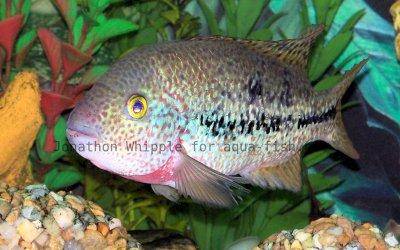

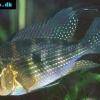 Thread-finned
Thread-finned 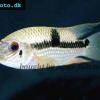 Acara
Acara 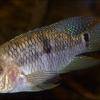 Yellow
Yellow 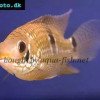 Patrick's
Patrick's 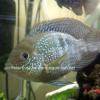 Blue
Blue 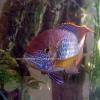 Green
Green 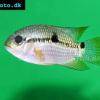 Acara
Acara 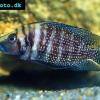 White
White 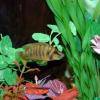 Compressed
Compressed 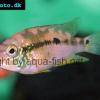 Pastel
Pastel 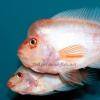 Midas
Midas 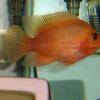 Red
Red 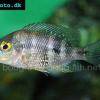 Bluemouth
Bluemouth 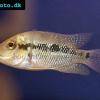 False
False 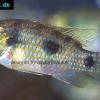 African
African 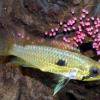 Agassiz's
Agassiz's 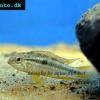 Banded
Banded 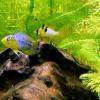 Yellow
Yellow 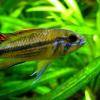 Cockatoo
Cockatoo 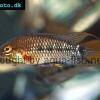 Blue
Blue 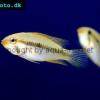 Blackstripe
Blackstripe 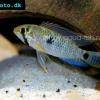 Highfin
Highfin 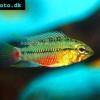 Redstripe
Redstripe 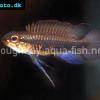 Threadfinned
Threadfinned 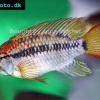 Macmaster’s
Macmaster’s 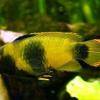 Panda
Panda 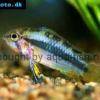 Norbert’s
Norbert’s 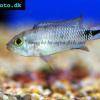 Blue
Blue 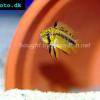 Thin-line
Thin-line 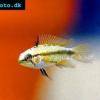 Three-striped
Three-striped 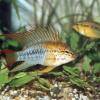 Viejita
Viejita 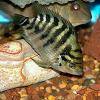 Flier
Flier 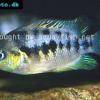 Archocentrus
Archocentrus 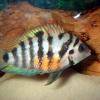 Convict
Convict 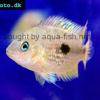 Seven
Seven 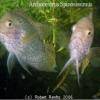 Spiny
Spiny 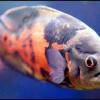 Oscar
Oscar 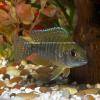 Sunshine
Sunshine 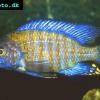 Chitande
Chitande 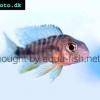 Firebird
Firebird 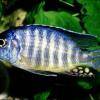 Midnight
Midnight 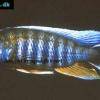 Lake
Lake 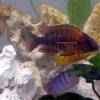 Sunshine
Sunshine 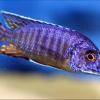 Aulonocara
Aulonocara 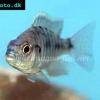 Nyasa
Nyasa 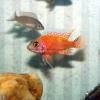 Ruby
Ruby 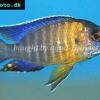 Grants
Grants 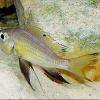 Aulonocranus
Aulonocranus 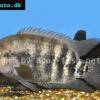 Chameleon
Chameleon 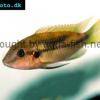 Benitochromis
Benitochromis 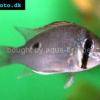 Orinoco
Orinoco 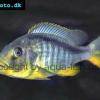 Yellow
Yellow 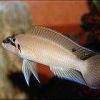 Brichard’s
Brichard’s 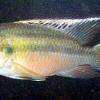 Guenther’s
Guenther’s 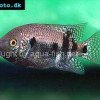 Southern
Southern 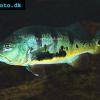 Cichla
Cichla 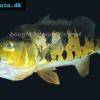 Peacock
Peacock 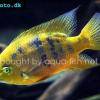 Chiseltooth
Chiseltooth 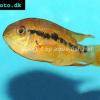 Bolivian
Bolivian 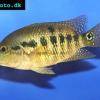 Red
Red 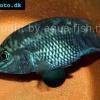 Many-pointed
Many-pointed 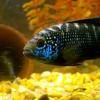 Jack
Jack 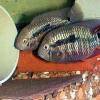 Red
Red 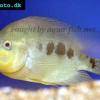 Three
Three 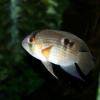 Keyhole
Keyhole 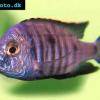 Azureus
Azureus 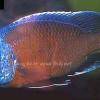 Red
Red 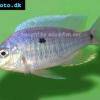 Jackson’s
Jackson’s 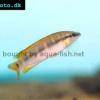 Crenicichla
Crenicichla 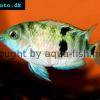 Honduran
Honduran 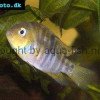 Blue-eye
Blue-eye 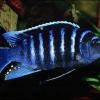 Afra
Afra 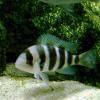 Frontosa
Frontosa 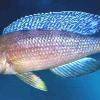 Slender
Slender 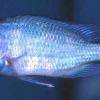 Malawi
Malawi 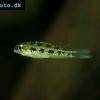 Chequerboard
Chequerboard 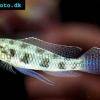 Checkerboard
Checkerboard 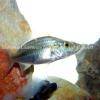 Malawi
Malawi 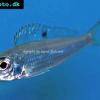 Ectodus
Ectodus 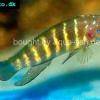 Tanganyika
Tanganyika 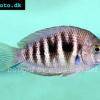 Canara
Canara 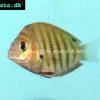 Green
Green 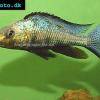 Rostratus
Rostratus 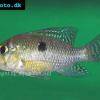 Pearl
Pearl 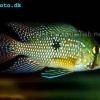 Geophagus
Geophagus 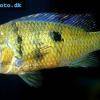 Yellowhump
Yellowhump 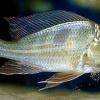 Suriname
Suriname 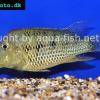 Redhump
Redhump 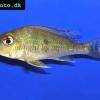 Red
Red 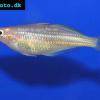 Dority’s
Dority’s 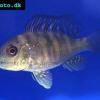 Argentine
Argentine 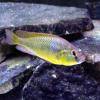 Burton’s
Burton’s 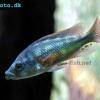 Victoria
Victoria 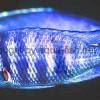 Haplochromis
Haplochromis 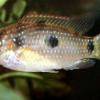 Jewel
Jewel 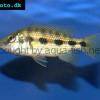 Banded
Banded 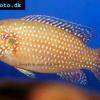 Lifalili
Lifalili 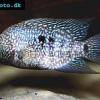 Lowland
Lowland 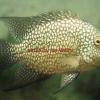 Texas
Texas 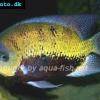 Pantano
Pantano 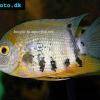 Severum
Severum 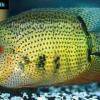 Banded
Banded 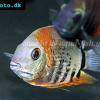 Severum
Severum 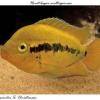 Rainbow
Rainbow 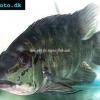 Parrot
Parrot 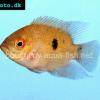 Chocolate
Chocolate 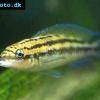 Brown
Brown 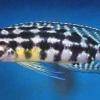 Marlieri
Marlieri 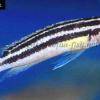 Golden
Golden 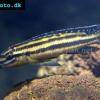 Striped
Striped 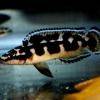 Masked
Masked 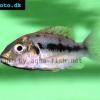 Konye
Konye 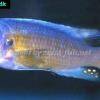 Blue
Blue 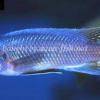 Trewavas
Trewavas 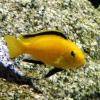 Electric
Electric 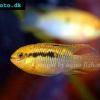 Dwarf
Dwarf 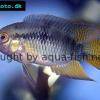 Redbreast
Redbreast 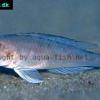 Lamprologus
Lamprologus 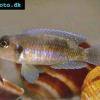 Gold
Gold 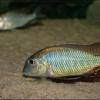 Greenface
Greenface 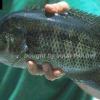 Mayan
Mayan 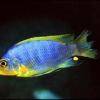 Aurora
Aurora 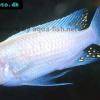 Blue
Blue 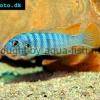 William’s
William’s 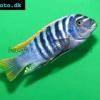 Zebra
Zebra 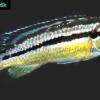 Malawi
Malawi 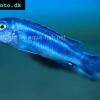 Blue
Blue 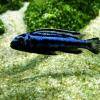 Blue
Blue 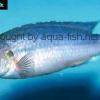 Mbuna
Mbuna 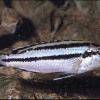 Parallel
Parallel 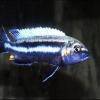 Purple
Purple 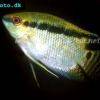 Flag
Flag 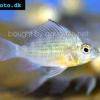 Bolivian
Bolivian 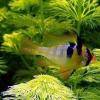 Ram
Ram 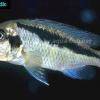 Basket
Basket 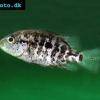 Haitian
Haitian 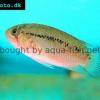 Zebra
Zebra 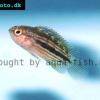 Striped
Striped 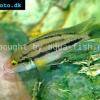 Neolamprologus
Neolamprologus 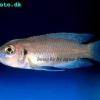 Brevis
Brevis 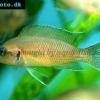 Fairy
Fairy 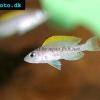 Neolamprologus
Neolamprologus 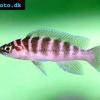 Cylindricus
Cylindricus 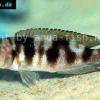 Hecq’s
Hecq’s 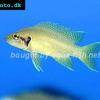 Neolamprologus
Neolamprologus 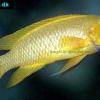 Lemon
Lemon 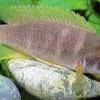 Mustax
Mustax 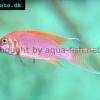 Daffodil
Daffodil 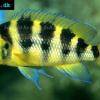 Six-bar
Six-bar 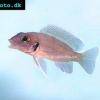 Five-bar
Five-bar 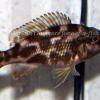 Marbled
Marbled 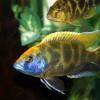 Giraffe
Giraffe 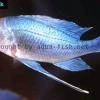 Blue
Blue 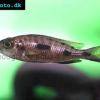 Sulphurhead
Sulphurhead 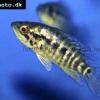 Wolf
Wolf 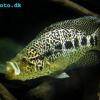 Jaguar
Jaguar 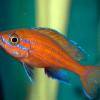 Blue
Blue 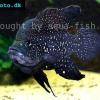 Marakeli
Marakeli 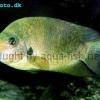 Madagascar
Madagascar 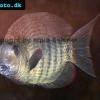 Pinstripe
Pinstripe 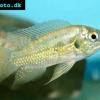 Pelmatochromis
Pelmatochromis 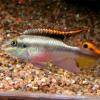 Kribensis
Kribensis 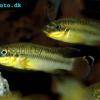 Striped
Striped 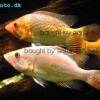 Red
Red 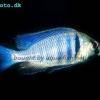 Deepwater
Deepwater 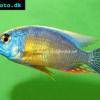 Fenestratus
Fenestratus 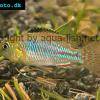 Nichols’
Nichols’ 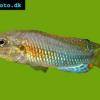 Southern
Southern 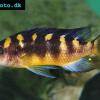 Bumble
Bumble 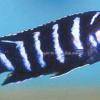 Demason’s
Demason’s 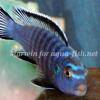 Slender
Slender 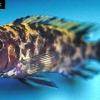 Red
Red 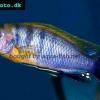 Mbuna
Mbuna 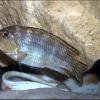 Malawi
Malawi 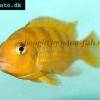 Kenyi
Kenyi 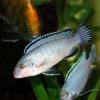 Powder
Powder 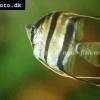 Altum
Altum 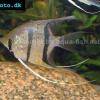 Angelfish
Angelfish 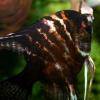 Angelfish
Angelfish 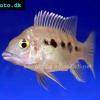 East
East 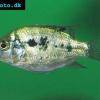 Juba
Juba 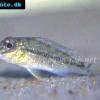 Earth
Earth 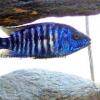 Electric
Electric 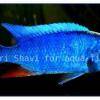 Azure
Azure 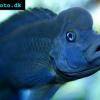 Lionhead
Lionhead 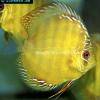 Discus
Discus 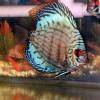 Blue
Blue 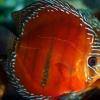 Red
Red 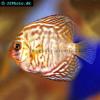 Zebra
Zebra 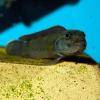 Brichard’s
Brichard’s 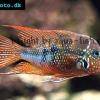 Blue
Blue 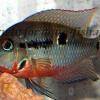 Firemouth
Firemouth 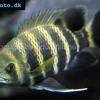 Zebra
Zebra 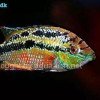 Yellow
Yellow 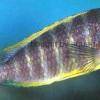 Blue
Blue 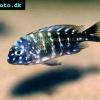 Dwarf
Dwarf 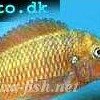 Blunthead
Blunthead 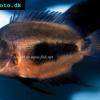 The
The 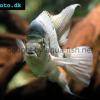 White
White 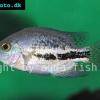 Twoband
Twoband 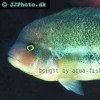 Fenestratus
Fenestratus 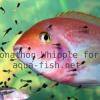 Window
Window 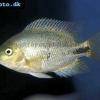 Black
Black 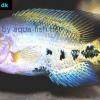 Redhead
Redhead 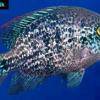 Oaxaca
Oaxaca 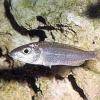 Xenotilapia
Xenotilapia